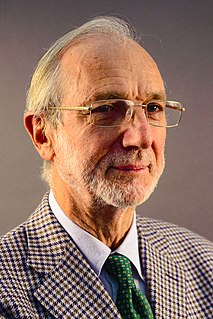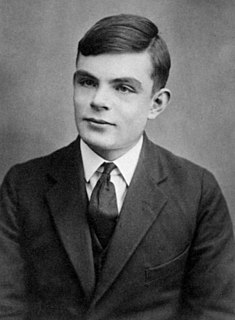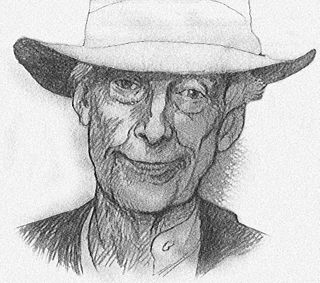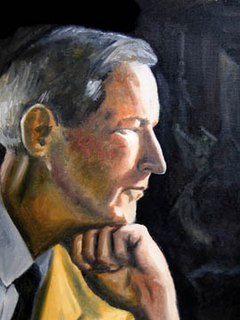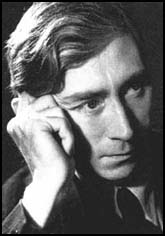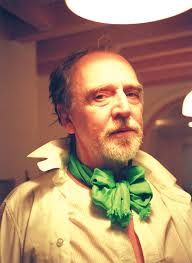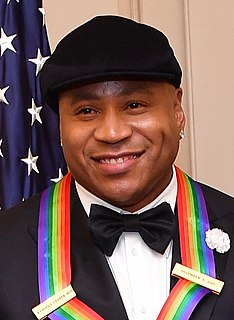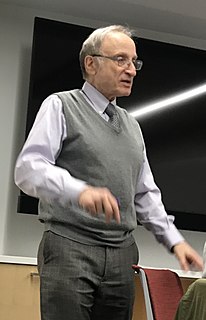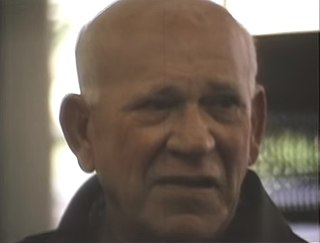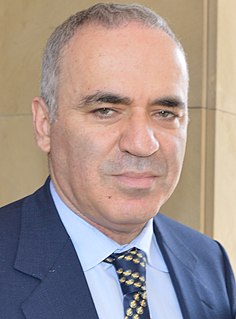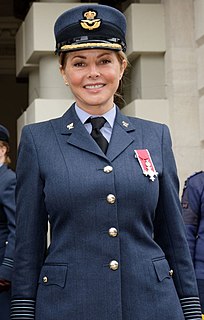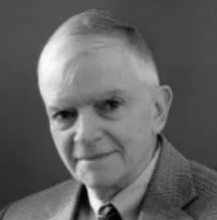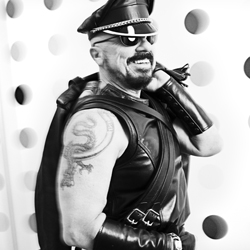A Quote by Frank Lloyd Wright
Why should architecture or objects of art in the machine age, just because they are made by machines, have to resemble machinery?
Related Quotes
Architecture is art. I don't think you should say that too much, but it is art. I mean, architecture is many, many things. Architecture is science, is technology, is geography, is typography, is anthropology, is sociology, is art, is history. You know all this comes together. Architecture is a kind of bouillabaisse, an incredible bouillabaisse. And, by the way, architecture is also a very polluted art in the sense that it's polluted by life, and by the complexity of things.
There is, however, one feature that I would like to suggest should be incorporated in the machines, and that is a 'random element.' Each machine should be supplied with a tape bearing a random series of figures, e.g., 0 and 1 in equal quantities, and this series of figures should be used in the choices made by the machine. This would result in the behaviour of the machine not being by any means completely determined by the experiences to which it was subjected, and would have some valuable uses when one was experimenting with it.
I'd been to Stourhead and was inspired by the perfect parity between architecture and art; in fact, the architecture is the art. I wrote a piece called 'Not Sculpture Park,' because most of these things become car parks for bought-in sculpture. The artists should be working with the site, not just plonking pieces down.
For me, architecture is an art the same as painting is an art or sculpture is an art. Yet, architecture moves a step beyond painting and sculpture because it is more than using materials. Architecture responds to functional outputs and environmental factors. Yet, fundamentally, it is important for me to stress the art in architecture to bring harmony.
Machines are admirable and tyrannize only with the user's consent. Where, then, is the enemy? Not where the machine gives relief from drudgery but where human judgment abdicates. The smoothest machine-made product of the age is the organization man, for even the best organizing principle tends to corrupt, and the mechanical principle corrupts absolutely.
In a sense, every tool is a machine--the hammer, the ax, and the chisel. And every machine is a tool. The real distinction is between one man using a tool with his hands and producing an object that shows at every stage the direction of his will and the impression of his personality; and a machine which is producing, without the intervention of a particular man, objects of a uniformity and precision that show no individual variation and have no personal charm. The problem is to decide whether the objects of machine production can possess the essential qualities of art.
Unless created as freestanding works, quotations resemble "found" art. They are analogous, say, to a piece of driftwood identified as formally interesting enough to be displayed in an art museum or to a weapon moved from an anthropological to an artistic display.... The presenter of found art, whether material or verbal, has become a sort of artist. He has not made the object, but he has made it as art.
All experiments that are related to the games when you have humans versus machines in the games - whether it's chess or "Go" or any other game - machines will prevail not because they can solve the game. Chess is mathematically unsolvable. But at the end of the day, the machine doesn't have to solve the game. The machine has to win the game. And to win the game, it just has to make fewer mistakes than humans. Which is not that difficult since humans are humans and vulnerable, and we don't have the same steady hand as the computer.
Whitney proved to be a competent manufacturer, but wasn't an original inventor to any important degree. Thomas Blanchard was a true genius: his stock making machine was the daddy of all the industrial profiling machinery, like the 1870s universal milling machine, that was the especial American contribution to machining technology. By that time, the British conceded that machinery innovation had shifted to America.

